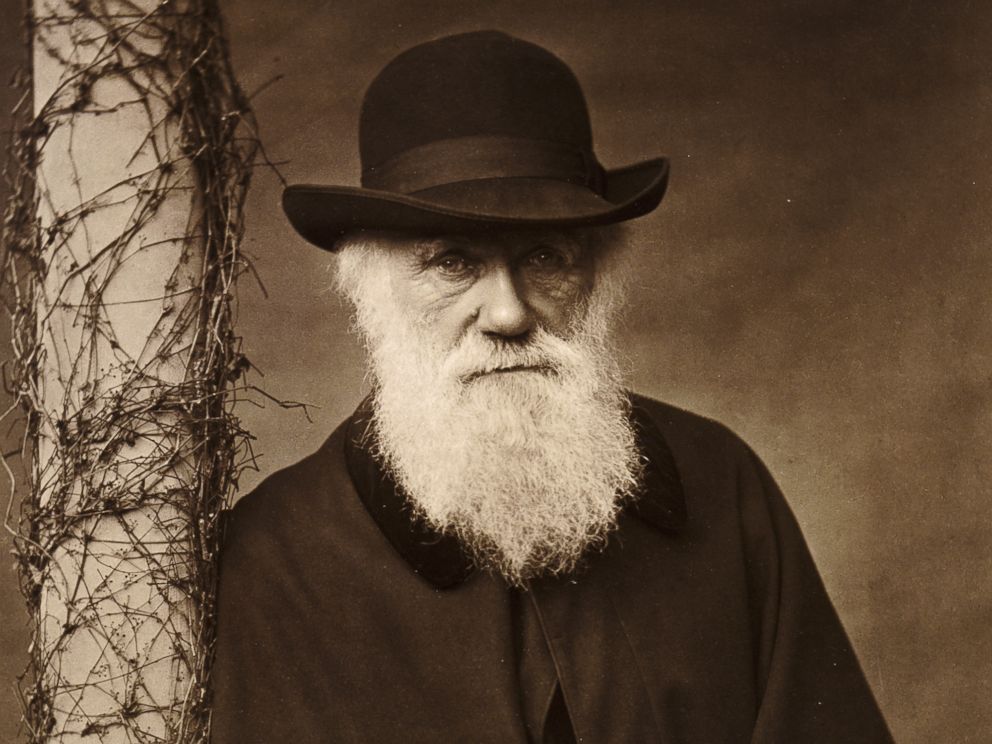


The rapid emergence of trait variety is difficult to explain just through classic genetics and neo-Darwinian theory. Yet even with such mechanisms in play, genetic mutation rates for complex organisms such as humans are dramatically lower than the frequency of change for a host of traits, from adjustments in metabolism to resistance to disease. Scientists, well-aware of the issue, have proposed a variety of genetic mechanisms to compensate: genetic drift, in which small groups of individuals undergo dramatic genetic change or epistasis, in which one set of genes suppress another, to name just two. One problem with Darwin’s theory is that, while species do evolve more adaptive traits (called phenotypes by biologists), the rate of random DNA sequence mutation turns out to be too slow to explain many of the changes observed. Those are the species that dominate a niche, until the environment changes and the engine of evolution fires up again.īut this explanation for evolution turns out to be incomplete, suggesting that other molecular mechanisms also play a role in how species evolve. But over the past century, advances in genetics and molecular biology have outlined a modern, neo-Darwinian theory of how evolution works: DNA sequences randomly mutate, and organisms with the specific sequences best adapted to the environment multiply and prevail. In the 1850s, when Darwin described this engine of natural selection, the underlying molecular mechanisms were unknown. As organisms change and new variants thrive, species emerge and evolve. The process is also called adaptation, and traits most likely to help an individual survive are considered adaptive. The unifying theme for much of modern biology is based on Charles Darwin’s theory of evolution, the process of natural selection by which nature selects the fittest, best-adapted organisms to reproduce, multiply and survive.


 0 kommentar(er)
0 kommentar(er)
